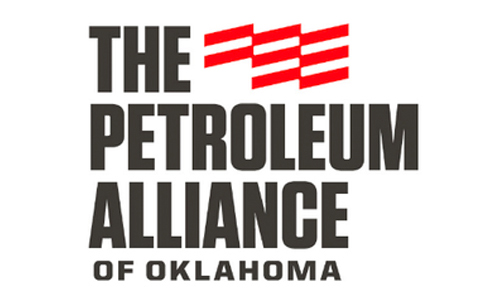The Great Energy Disruption
by Mike Ming, Former Oklahoma Secretary of Energy and retired Vice President of Baker Hughes, a GE company.
The energy market is undergoing rapid and transformative change. A plethora of factors is driving a level of disruption not seen since the advent of cars, internal combustion engines and electricity more than a hundred years ago. Energy scarcity has given way to energy abundance. Digitalization, new technologies and platforms all combine to present more choices to energy consumers. But while disruption can create new winners, it also impacts legacy energy players, and with change also comes uncertainty. New models can spring to life in short order in ways that are hard to imagine. But capitalism allows markets to drive change that improves investment economics, consumer affordability, utility, convenience, reliability and environmental performance. Oklahoma and our research universities will play a pivotal role in realizing winning roles in the Great Energy Disruption.
Oklahoma, an energy state square in the center of the lower 48, in many ways is at the forefront of this disruption with its oil and natural gas legacy, growing renewable wind energy, geothermal technology and acclaimed energy efficiency improvements. But there is a bigger leadership role for us to take part in the Great Energy Disruption, both here in the U.S. and in the rest of the world. Our research universities and innovative companies share a common objective – how to power the world affordably and in an environmentally sustainable way.
The Great Energy Disruption has spawned a need to better understand the energy system of the future and optimize our resources, technologies and behaviors. We need to focus on how fuels and technologies work best together to produce better outcomes because our progress in addressing the critical issues of energy security, environmental sustainability, affordability, global energy poverty and decarbonization isn’t enough. Society, in general, is demanding improved performance with reduced environmental impact and capital providers face pressure to meet demanding commercial, social and environmental criteria.
All forms of energy development have economic and environmental impacts, and there are important trade-offs to consider and manage because zero impact is not an option. But without rigorous study or understanding, we often make sub-optimal decisions. Multiple states are choosing to go all renewable. California is essentially “outlawing” use of natural gas in power generation, despite its clear environmental, economic and grid reliability. California has even gone one step further to electrify its transportation fleet, even if there are other clean and more economical alternative fuel options. Renewable energy is growing rapidly and driving down its costs, but in practice, the electric grid still requires a source of energy such as natural gas for system reliability and affordability.
We will utilize oil and natural gas for years to come and still protect our air, land and water but continuous environmental improvement is a must. Very importantly, if we are going to begin to decarbonize our energy system, the oil and natural gas industry can and must play a key role in carbon capture and its utilization and storage. Renewable energy and energy efficiency simply won’t be enough. We will have to capture carbon and sequester it. The new Section 45Q federal tax credit is a great incentive to meaningfully scale up, and allow markets to act on carbon capture and storage, especially leveraging enhanced oil recovery. The oil and natural gas industry have subsurface expertise, the surface infrastructure, and the use of carbon on an industrial scale. It may seem counter-intuitive to many, but the oil and natural gas industry can and should lead the way to a cleaner and more decarbonized energy system while we simultaneously develop and expand renewable and other zero-emission energy technologies.
Oklahoma has demonstrated how to develop a market-driven clean energy portfolio of world-class wind resources, legacy oil and natural gas, acclaim energy efficiency improvements and early adoption of smart grid technology, which makes both economic and common sense. But there is much more work to be done. Leadership, as always, will be the key to progress. The time is now to embrace the future of the Great Energy Disruption using Oklahoma’s proven example of leveraging technology development, market-based approaches, and pragmatic yet progressive policy.



